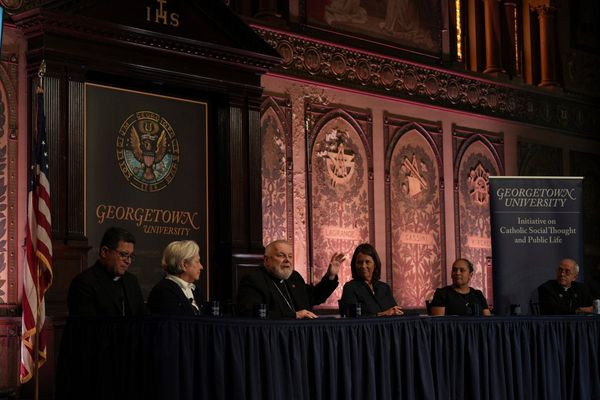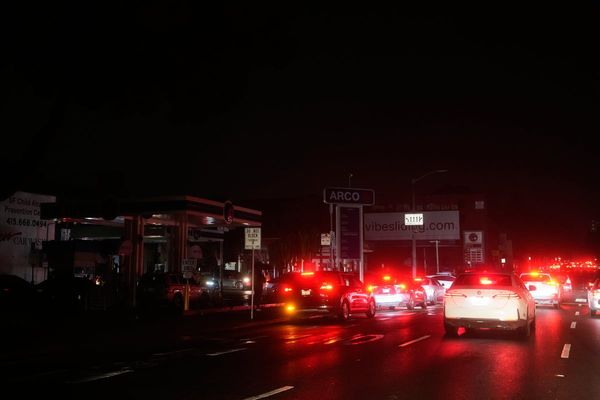
New Delhi: On 26 February, India’s National Investigation Agency (NIA) provided Sri Lanka its biggest clue to the Easter bombings that killed at least 359 people in a series of eight coordinated blasts: the involvement of Mohammad Ashiq and five others from an Islamic State (IS) module in Coimbatore.
In the interim, India’s intelligence agencies promptly passed on inputs to Sri Lanka about a plot that hinted at a deadly attack with “maximum damage.”
On 26 February, after months of investigation, the NIA chargesheeted the six IS recruits –Mohamed Ashiq, Ismail S, Samsudeen, Mohammed Salauddin S, Jafar Shadik Ali and Shahul Hameed — in India after it was found that the arrested accused “had got radicalized on the violent extremist ideology of the proscribed terrorist organization — ISIS/ Da’esh and they had been propagating the same ideology over social media.”
A senior official, on condition of anonymity, told Mint that investigations had revealed that the group had combed through videos of the National Thowheed Jamaat leader Zahran Hashim, who had been calling for the establishment of Islamic law in Sri Lanka.
“We had reason to believe that the group of six — which was associated with other IS splinter groups as well — had been plotting something major down south and possibly in Sri Lanka too. We informed the authorities concerned after that,” the official said.







